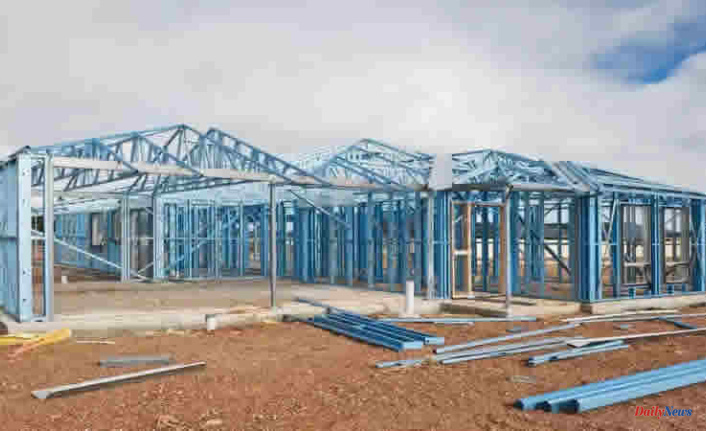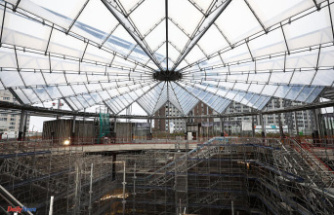The construction industry has seen significant advancements in technology over the years, and one such innovation that has been a game-changer is steel frame construction.
Steel frame construction technology has revolutionized the building industry with its numerous benefits, such as strength, durability, and sustainability. This article explores the advantages of steel frame buildings and their impact on sustainability, design flexibility, cost savings, and safety.
The Advantages of Steel Frame Construction
Steel frame construction technology offers several advantages over traditional building methods. One of the most significant benefits of steel frame buildings is its strength. Steel is incredibly strong, meaning buildings constructed using steel frame technology can withstand extreme weather conditions such as hurricanes and earthquakes.
Steel structures also boast high durability as another significant benefit. Steel is resistant to pests, rot, and decay, meaning buildings constructed using steel frame technology can last many years with little maintenance. They are also highly sustainable, as it is 100% recyclable and can be repurposed for other construction projects.
Cost Savings with Steel Frame Construction
Steel frame construction is typically faster and more efficient than traditional building methods so that construction projects can be completed in less time. This means there will be fewer labour and construction materials expenses, resulting in cost savings.
Another way that steel frame construction saves money is through reduced maintenance costs. As mentioned earlier, steel is highly durable and resistant to pests, rot, and decay. This means buildings constructed using steel frame technology require little maintenance, resulting in long-term cost savings.
Steel Frame Construction and Sustainability
In today's world, sustainability is critical in all industries, including construction. Steel frame construction technology offers several sustainability benefits, making it an attractive choice for eco-conscious builders. One of the most significant benefits of steel frame construction is that it is 100% recyclable. Steel can be repurposed for other construction projects, which reduces waste and conserves resources.
Metal construction is also highly energy-efficient. Construction of buildings using steel frame technology provides airtight insulation that aids in lowering heating and cooling expenses. As a result, you can enjoy lower energy bills and contribute to reducing carbon emissions.
Steel Frame Construction and Design Flexibility
Steel can be moulded and shaped into a wide range of forms, meaning buildings constructed using steel frame technology can be designed to meet various aesthetic and functional requirements. They also allow for large, open spaces for modern office buildings and residential homes.
Steel Frame Construction and Safety
Safety is a critical consideration in construction, and steel frame construction technology offers several safety benefits. It is fire-resistant, meaning buildings constructed using steel frame technology are less likely to catch fire. Moreover, steel construction is resistant to pests and decay, so buildings constructed using this technology are less likely to collapse or suffer structural damage.
In conclusion, steel frame construction technology has transformed the building industry, providing architects and builders with a versatile, durable, and sustainable material that offers numerous benefits over traditional building methods. With its strength, durability, cost-effectiveness, and design flexibility, steel frame construction is an attractive option for anyone looking to construct high-quality buildings that can withstand the test of time. Builders and architects increasingly opt for steel frame construction due to the growing focus on sustainability and the environment.












